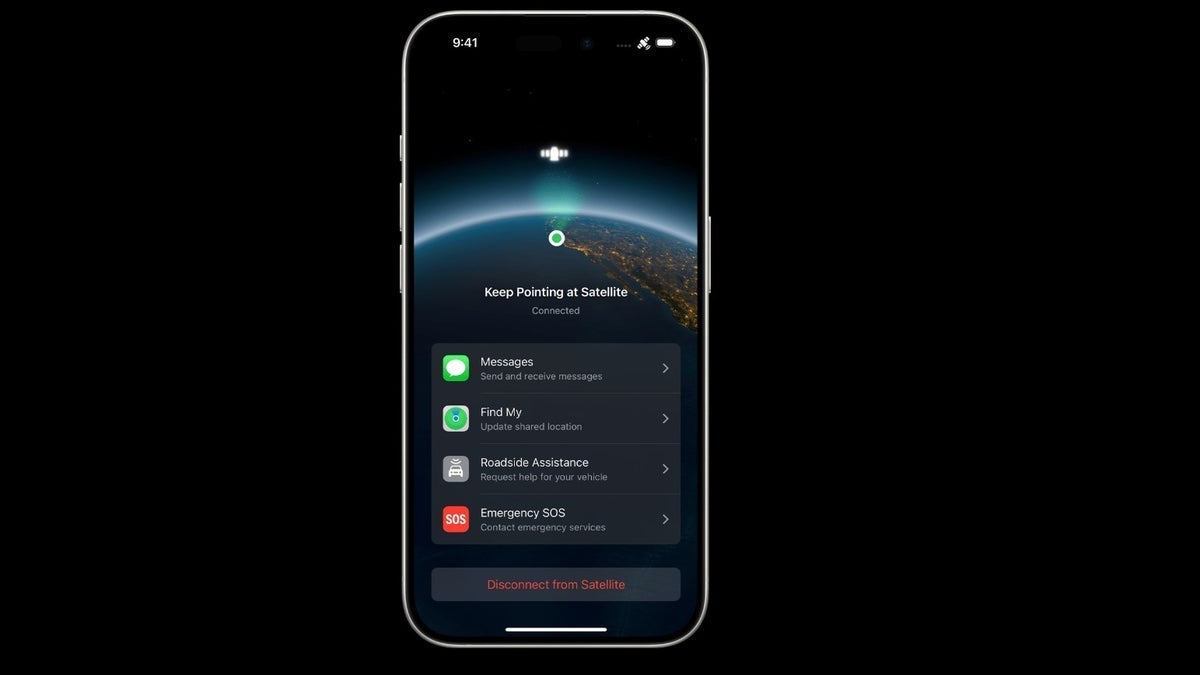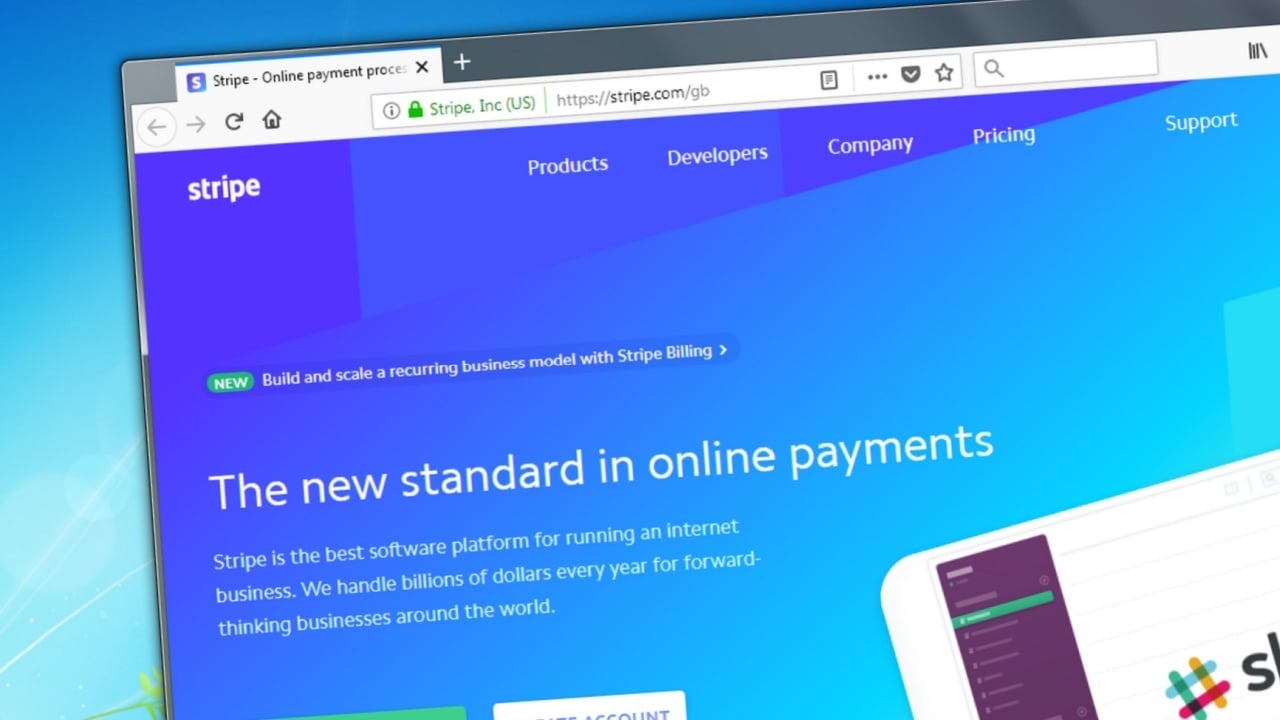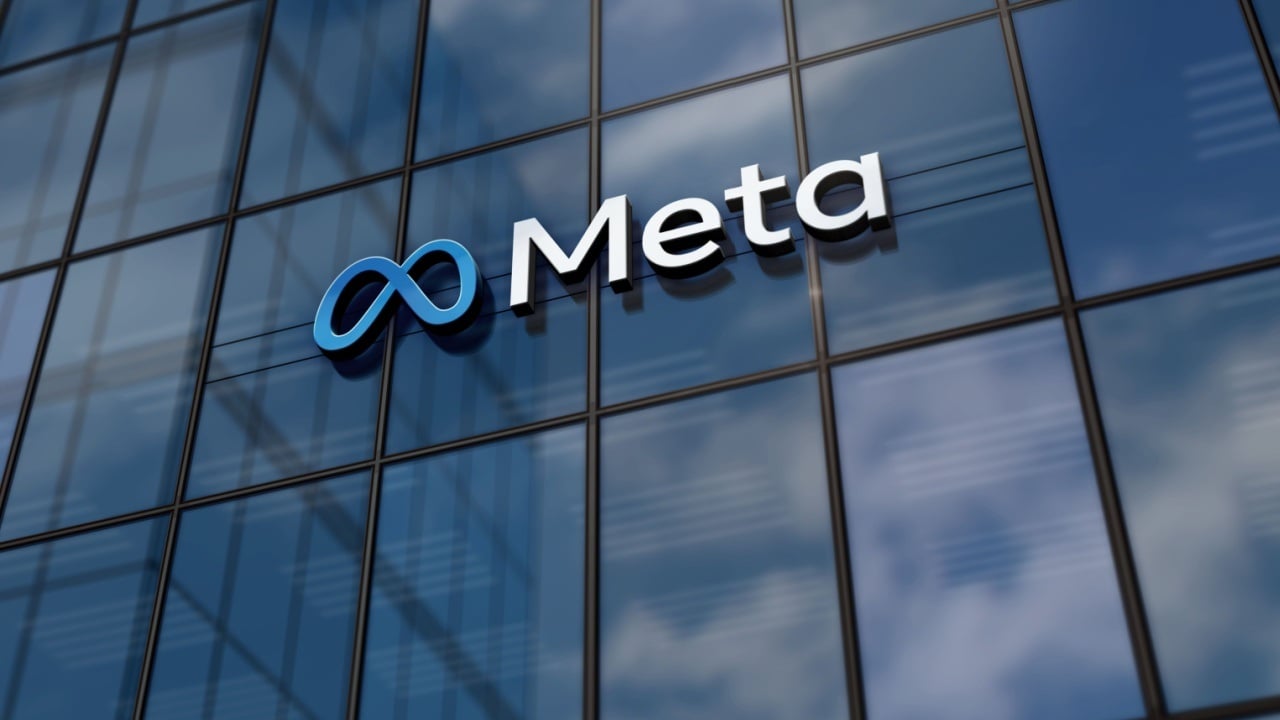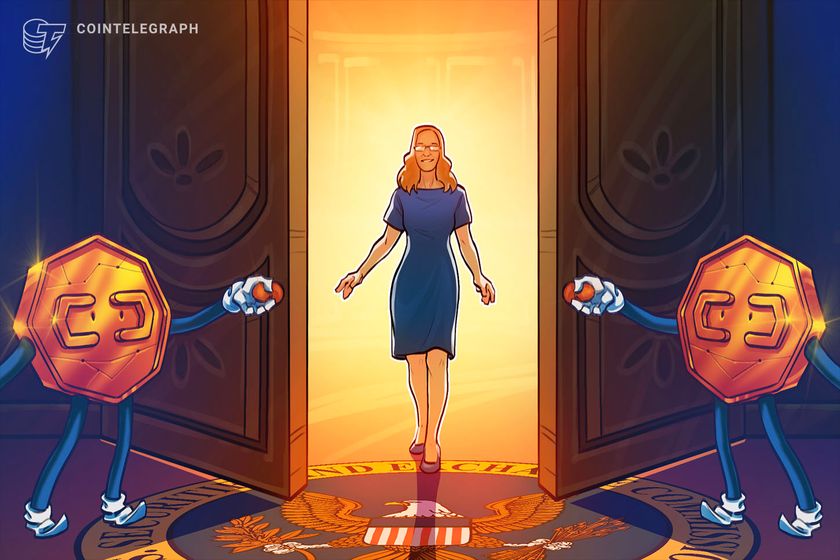Exploring Arbitrum Governance: Key Insights and Future Perspectives
Abstract: This post dives deep into the revolutionary governance model of Arbitrum—a leading Layer 2 solution built to address Ethereum’s scalability challenges. We examine the background and context of blockchain governance, detail Arbitrum’s core concepts and features, and explore applications, challenges, and future innovations. Along the way, we incorporate technical insights, practical use cases, and links to authoritative sources and developer discussions to provide a holistic understanding of Arbitrum’s decentralized governance landscape. Introduction Blockchain technology continually pushes the boundaries of decentralized finance and digital innovation. A leading example of this evolution is Arbitrum, a Layer 2 solution dedicated to relieving Ethereum’s congestion and high gas fees. At the core of Arbitrum lies its governance model—a system that empowers communities and token holders to drive protocol changes. In this post, we explore the intricate details of Arbitrum’s governance, its technical underpinnings, and its future potential in the blockchain ecosystem. For a detailed overview, you can refer to the original article on Arbitrum Governance. Background and Context The blockchain ecosystem has undergone an evolution that emphasizes decentralization, security, and scalability. Key challenges like high transaction fees and network congestion have spurred the development of Layer 2 solutions. Among these, Arbitrum has emerged as a powerful tool by leveraging Optimistic Rollup technology to process transactions off the main Ethereum chain. Historical Context Blockchain governance originally evolved in centralized forms but quickly shifted to decentralized models. This allowed communities to have a greater say in platform development, ensuring that decisions align with community needs and long-term sustainability. Decentralized Autonomous Organizations (DAOs) have become central to this governance, exemplified by initiatives like the Arbitrum DAO. Key Terminologies Layer 2 Solutions: Protocols built on top of base blockchains to enhance scalability and efficiency. Optimistic Rollups: A technology used by Arbitrum that allows off-chain processing while maintaining Ethereum’s security. DAO (Decentralized Autonomous Organization): A self-governing structure that enables token holders to propose and vote on changes. ARB Tokens: Governance tokens that empower holders to participate in decision-making and incentivize active community participation. For more details on blockchain governance fundamentals, check out this Blockchain Governance resource. Core Concepts and Features of Arbitrum Governance Arbitrum’s governance model is robust and multifaceted, reflecting the ideal of decentralization. Below, we delve into its key components and core concepts. 1. Governance Structure Arbitrum’s governance is anchored by its DAO, which enables community-led decision-making. The DAO structure ensures that network upgrades, protocol changes, and policy shifts are driven by a collective consensus rather than centralized authority. Arbitrum DAO: More information on the DAO model can be found at the Arbitrum DAO. Token-Based Voting: Governance tokens (ARB) represent a user’s stake and voting power. Ownership levels typically correlate with influence, prompting debates on balance and inclusiveness. 2. Core Features Governance Tokens (ARB) Functionality: Tokens act as both a stake and a voting instrument. Democratic Process: Influence is proportional to token ownership, enabling transparent decision-making. Technical Backbone: Smart contracts formalize voting outcomes, ensuring that decisions are automatically executed. For further insights, visit the Arbitrum Tokenomics page. Proposal and Voting Process Proposal Submission: Any community member can propose protocol updates or economic adjustments. Discussion Stage: Proposals are openly discussed and refined before moving to a vote. Secure Voting: Innovations like quadratic voting ensure that both large and small stakeholders have their voices heard. Learn more about implementing such systems in Smart Contracts on Blockchain. 3. Ecosystem Integration Arbitrum’s governance extends beyond mere technical control. It is intertwined with broader blockchain innovations such as: Layer 2 Interoperability: Arbitrum’s methods for handling transaction data improve both scalability and cost-efficiency. More technical details are available in this Arbitrum Layer 2 overview. Decentralized Finance (DeFi): As Arbitrum gains traction in the DeFi space, its governance model must also manage evolving financial incentives and economic models. Below is a table summarizing the core components of Arbitrum’s governance architecture: Component Description Arbitrum DAO The collective body responsible for managing proposals, updates
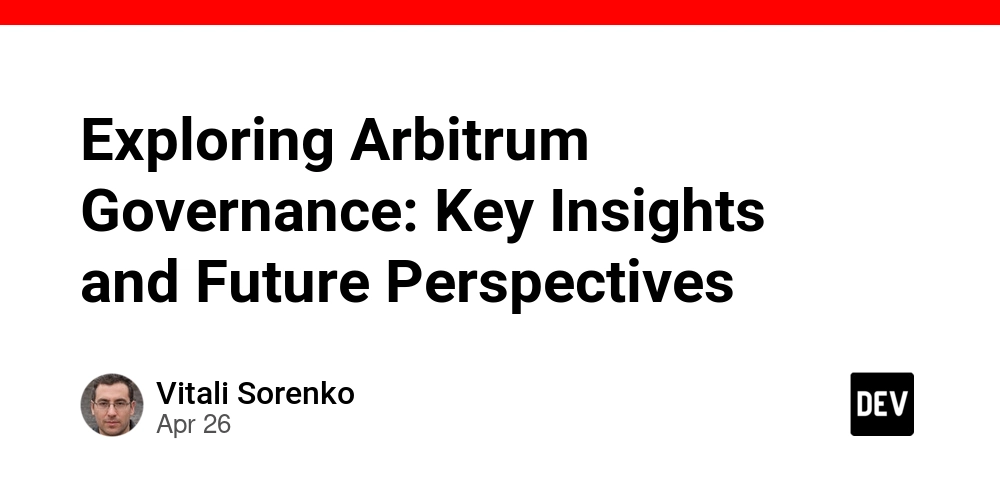
Abstract:
This post dives deep into the revolutionary governance model of Arbitrum—a leading Layer 2 solution built to address Ethereum’s scalability challenges. We examine the background and context of blockchain governance, detail Arbitrum’s core concepts and features, and explore applications, challenges, and future innovations. Along the way, we incorporate technical insights, practical use cases, and links to authoritative sources and developer discussions to provide a holistic understanding of Arbitrum’s decentralized governance landscape.
Introduction
Blockchain technology continually pushes the boundaries of decentralized finance and digital innovation. A leading example of this evolution is Arbitrum, a Layer 2 solution dedicated to relieving Ethereum’s congestion and high gas fees. At the core of Arbitrum lies its governance model—a system that empowers communities and token holders to drive protocol changes. In this post, we explore the intricate details of Arbitrum’s governance, its technical underpinnings, and its future potential in the blockchain ecosystem. For a detailed overview, you can refer to the original article on Arbitrum Governance.
Background and Context
The blockchain ecosystem has undergone an evolution that emphasizes decentralization, security, and scalability. Key challenges like high transaction fees and network congestion have spurred the development of Layer 2 solutions. Among these, Arbitrum has emerged as a powerful tool by leveraging Optimistic Rollup technology to process transactions off the main Ethereum chain.
Historical Context
Blockchain governance originally evolved in centralized forms but quickly shifted to decentralized models. This allowed communities to have a greater say in platform development, ensuring that decisions align with community needs and long-term sustainability. Decentralized Autonomous Organizations (DAOs) have become central to this governance, exemplified by initiatives like the Arbitrum DAO.
Key Terminologies
- Layer 2 Solutions: Protocols built on top of base blockchains to enhance scalability and efficiency.
- Optimistic Rollups: A technology used by Arbitrum that allows off-chain processing while maintaining Ethereum’s security.
- DAO (Decentralized Autonomous Organization): A self-governing structure that enables token holders to propose and vote on changes.
- ARB Tokens: Governance tokens that empower holders to participate in decision-making and incentivize active community participation.
For more details on blockchain governance fundamentals, check out this Blockchain Governance resource.
Core Concepts and Features of Arbitrum Governance
Arbitrum’s governance model is robust and multifaceted, reflecting the ideal of decentralization. Below, we delve into its key components and core concepts.
1. Governance Structure
Arbitrum’s governance is anchored by its DAO, which enables community-led decision-making. The DAO structure ensures that network upgrades, protocol changes, and policy shifts are driven by a collective consensus rather than centralized authority.
- Arbitrum DAO: More information on the DAO model can be found at the Arbitrum DAO.
- Token-Based Voting: Governance tokens (ARB) represent a user’s stake and voting power. Ownership levels typically correlate with influence, prompting debates on balance and inclusiveness.
2. Core Features
Governance Tokens (ARB)
- Functionality: Tokens act as both a stake and a voting instrument.
- Democratic Process: Influence is proportional to token ownership, enabling transparent decision-making.
- Technical Backbone: Smart contracts formalize voting outcomes, ensuring that decisions are automatically executed. For further insights, visit the Arbitrum Tokenomics page.
Proposal and Voting Process
- Proposal Submission: Any community member can propose protocol updates or economic adjustments.
- Discussion Stage: Proposals are openly discussed and refined before moving to a vote.
- Secure Voting: Innovations like quadratic voting ensure that both large and small stakeholders have their voices heard. Learn more about implementing such systems in Smart Contracts on Blockchain.
3. Ecosystem Integration
Arbitrum’s governance extends beyond mere technical control. It is intertwined with broader blockchain innovations such as:
- Layer 2 Interoperability: Arbitrum’s methods for handling transaction data improve both scalability and cost-efficiency. More technical details are available in this Arbitrum Layer 2 overview.
- Decentralized Finance (DeFi): As Arbitrum gains traction in the DeFi space, its governance model must also manage evolving financial incentives and economic models.
Below is a table summarizing the core components of Arbitrum’s governance architecture:
| Component | Description |
|---|---|
| Arbitrum DAO | The collective body responsible for managing proposals, updates, and overall network direction. |
| Governance Token (ARB) | Serves as both a stake and a voting instrument, ensuring that decisions align with community interests. |
| Proposal System | A transparent process where community members propose and debate changes before instituting a vote. |
| Voting Mechanism | Employs techniques like quadratic voting to balance influence among token holders, with outcomes automated via smart contracts. |
Bullet list of Key Advantages of Arbitrum Governance:
- Enhanced Transparency: Public and verifiable voting systems.
- Decentralized Decision-Making: Empowering every token holder.
- Scalability & Efficiency: Off-chain processing reduces fees and congestion.
- Community-Driven Improvements: Continuous protocol evolution through collective insights.
Applications and Use Cases
Arbitrum governance has broader applications that extend into various blockchain-based services. Here are some practical examples:
Example 1: Protocol Enhancements
Community-led proposals frequently lead to protocol upgrades that improve security, functionality, and user experience:
- Network Security: Upgrades may include improved fraud detection measures and enhanced smart contract audits.
- Economic Adjustments: Proposals may revise fee structures to maintain network sustainability and affordability.
- Developer Incentives: Decision-making can also allocate funding for grants and support initiatives, fostering further growth.
Example 2: DeFi Integration
Arbitrum’s Layer 2 architecture has been pivotal for several DeFi projects that require efficient transaction processing:
- Lower Gas Fees: By processing transactions off the main chain, Arbitrum significantly reduces overhead costs, increasing accessibility for decentralized exchanges and yield farming.
- Smart Contract Automation: The automatically enforced outcomes of proposals and votes support large-scale adoption of DeFi practices, reinforcing trust in decentralized financial systems.
Example 3: Cross-Chain Interoperability
Future developments in governance may also promote interoperability between various blockchain networks:
- Bridging Multiple Chains: Governance decisions can integrate with cross-chain protocols, paving the way for multi-chain ecosystems.
- Enhanced User Experience: Interoperability facilitates smoother asset transfers and reduces transaction friction between different blockchain platforms.
For further reading on the real-world implications of such applications, check out Arbitrum vs Polygon: A Deep Dive Into Ethereum's Layer 2 Scaling Solutions on Dev.to.
Challenges and Limitations
Despite its successes, Arbitrum governance is not without challenges. Addressing these limitations is crucial for fostering a robust decentralized ecosystem.
Technical and Adoption Challenges
-
Voter Apathy:
- Issue: Low participation due to complexity or apathy.
- Solution: Simplifying the voting process, improving education, and creating incentivization models.
-
Centralization Risks:
- Issue: Large token holders may gain disproportionate influence.
- Solution: Implement strategies like voting caps or quadratic voting to level the playing field.
-
Proposal Complexity:
- Issue: Technical language can deter broader community involvement.
- Solution: Providing clear summaries and educational materials can help demystify proposals and encourage diverse participation.
-
Security Concerns:
- Issue: As governance decisions are enforced via smart contracts, vulnerabilities in coding can lead to security risks.
- Solution: Continuous smart contract audits and robust bug bounty programs are vital for maintaining trust.
For an in-depth discussion on governance challenges and solutions, refer to Arbitrum Governance Challenges.
Adoption Hurdles
Adoption of new governance models is often met with skepticism. Bridging the gap between innovative technological practices and traditional systems involves:
- Community Outreach: Encouraging participation through education initiatives.
- Incremental Changes: Gradually implementing new features to test their efficacy before a full rollout.
- Transparency and Accountability: Maintaining open forums for discussion and regular audits to build trust.
Future Outlook and Innovations
The future of blockchain governance, especially within ecosystems such as Arbitrum, looks promising. Trends and innovations are expected that will further decentralize and democratize decision-making.
Anticipated Trends
- Increased Interoperability: Future governance models might integrate seamlessly with other Layer 2 solutions and various blockchains, fostering a more connected ecosystem.
- Enhanced Incentive Mechanisms: New models might introduce further incentive structures for both tech developers and community users, making participation more attractive.
- Dynamic Governance Models: Adaptive governance systems will continuously refine voting procedures and decision-making processes by learning from community behavior and evolving market demands.
Potential Innovations
Several potential advancements could revolutionize how decentralized governance evolves:
- Integration of AI: Utilizing AI could optimize proposal evaluation and voting forecasts, ensuring decisions are both efficient and fair.
- Advanced Security Protocols: Emerging technologies such as zero-knowledge proofs may enhance security measures within governance processes.
- Cross-Platform Voting Models: Innovations in cross-chain communication may allow users to cast votes on multiple interconnected blockchains simultaneously, promoting truly global decision-making.
For a detailed discussion on similar prospects, you might be interested in reading Exploring the Arbitrum DAO: A New Era of Decentralized Governance on Dev.to.
Additional Developer Insights
Developer discussions and funding models are intensely shaping the future of open-source blockchain projects. Some key insights are:
- Open Source Funding: Creative funding models such as Gitcoin bounties and tokenized governance incentives are being explored to support continuous development. Read more on this topic at Accelerating Open Source with Gitcoin Bounties on Dev.to.
- Community Engagement: Engaging developers and stakeholders through dedicated workshops and transparent code review sessions is essential. Practices like regular hackathons and open forums serve as critical tools for innovation and accountability.
- Licensing and Tokenization: Tokenizing open-source licenses represents a frontier in both software distribution and digital ownership, tying economic incentives to sustainable development. For further perspective on developer patronage and funding, refer to Exploring Open Source Funding for Open Source: Empowering Community Driven Innovation.
Summary and Conclusion
Arbitrum’s governance model represents a significant leap forward in decentralized decision-making. Built on the promise of scalability, efficiency, and security, Arbitrum leverages a comprehensive DAO framework supported by the ARB token. This system allows for dynamic proposals, secure voting mechanisms, and continuous protocol evolution, all of which address the pressing challenges of traditional centralized systems.
Key points from our deep dive include:
- Governance Structure: Centralized around the Arbitrum DAO with token-powered voting.
- Core Features: Transparent proposals, secure smart contracts, and fair voting methodologies.
- Applications: From protocol enhancements in the DeFi space to advanced cross-chain interoperability.
- Challenges: Voter apathy, centralization risks, proposal complexity, and security concerns.
- Future Trends: Enhanced interoperability, AI integration, advanced security protocols, and improved incentive models.
Arbitrum is not just a technical upgrade—it is a blueprint for the future of blockchain governance. As developers, investors, and community members collaborate on refining these decentralized systems, the lessons learned here may well serve as inspiration for projects across the entire blockchain ecosystem.
For more insights and ongoing developments, further reading is available at:
Additionally, the Dev.to community has shared a wealth of knowledge discussing topics such as Exploring Arbitrum and Decentralized Finance: DeFi Yield Opportunities and Arbitrum vs. Polygon: A Deep Dive Into Ethereum’s Layer 2 Scaling Solutions, offering multiple perspectives on governance innovations.
In conclusion, Arbitrum governance is a pioneering model that not only addresses the inherent challenges of Ethereum’s network but also sets the stage for future developments in decentralized systems. Its blend of technical sophistication, community empowerment, and forward-thinking innovations provides a robust framework for managing decentralized projects. As the blockchain space continues to evolve, the lessons and principles underlying Arbitrum governance will likely influence a new generation of decentralized protocols, ensuring that community-driven decision-making remains at the heart of digital transformation.
Stay tuned, keep learning, and join the conversation to help shape the future of decentralized governance!






























































































































































![[The AI Show Episode 143]: ChatGPT Revenue Surge, New AGI Timelines, Amazon’s AI Agent, Claude for Education, Model Context Protocol & LLMs Pass the Turing Test](https://www.marketingaiinstitute.com/hubfs/ep%20143%20cover.png)












































































































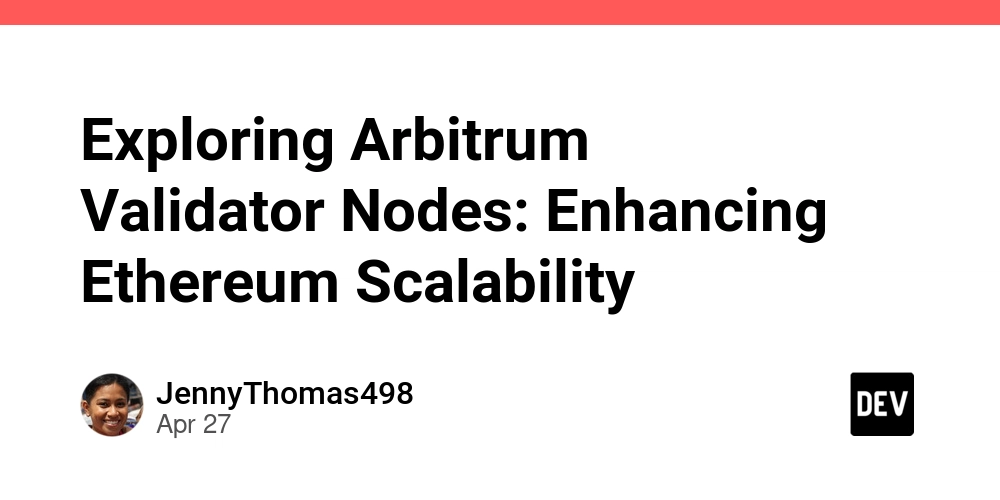

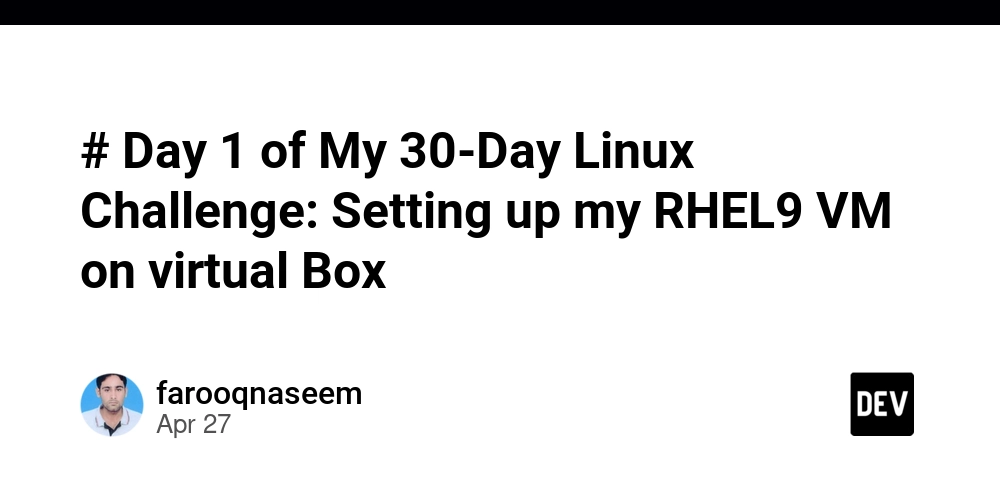
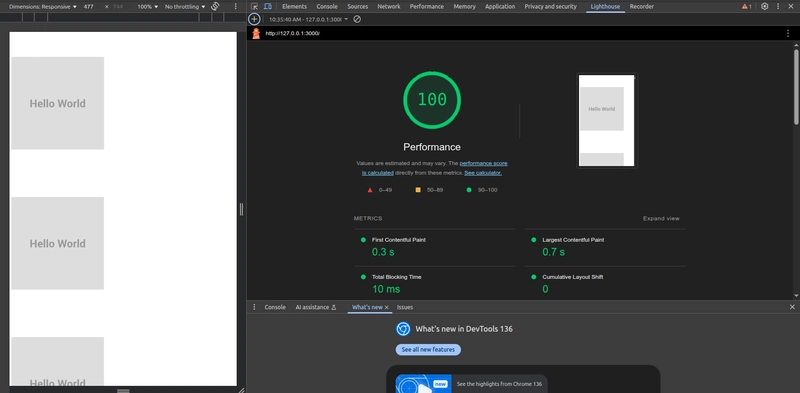











![[FREE EBOOKS] AI and Business Rule Engines for Excel Power Users, Machine Learning Hero & Four More Best Selling Titles](https://www.javacodegeeks.com/wp-content/uploads/2012/12/jcg-logo.jpg)














































































































































 CISO’s Core Focus.webp?#)







































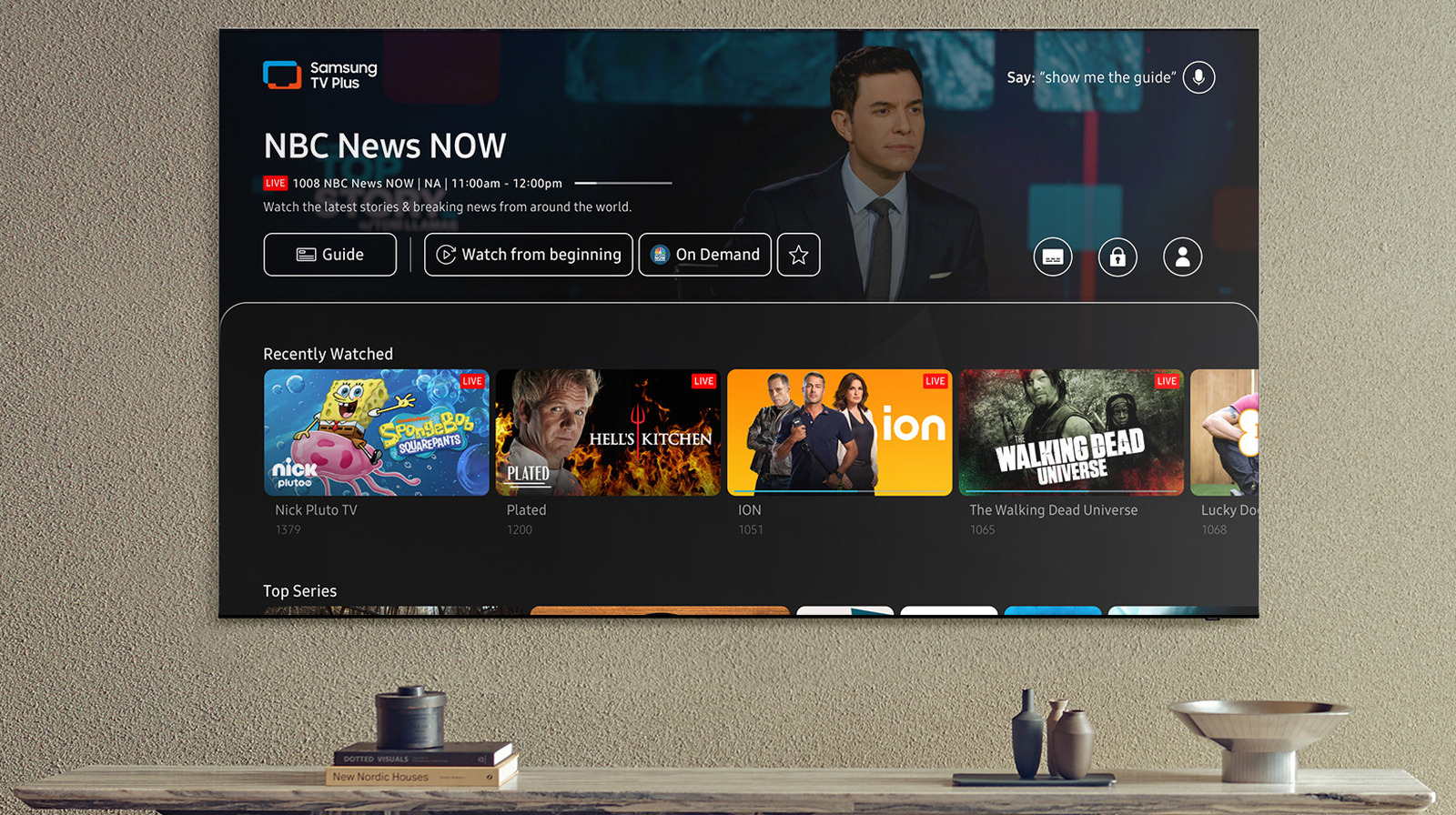

















































![Hostinger Horizons lets you effortlessly turn ideas into web apps without coding [10% off]](https://i0.wp.com/9to5mac.com/wp-content/uploads/sites/6/2025/04/IMG_1551.png?resize=1200%2C628&quality=82&strip=all&ssl=1)




![This new Google TV streaming dongle looks just like a Chromecast [Gallery]](https://i0.wp.com/9to5google.com/wp-content/uploads/sites/4/2025/04/thomson-cast-150-google-tv-1.jpg?resize=1200%2C628&quality=82&strip=all&ssl=1)











![iPadOS 19 May Introduce Menu Bar, iOS 19 to Support External Displays [Rumor]](https://www.iclarified.com/images/news/97137/97137/97137-640.jpg)

![Apple Drops New Immersive Adventure Episode for Vision Pro: 'Hill Climb' [Video]](https://www.iclarified.com/images/news/97133/97133/97133-640.jpg)


















































